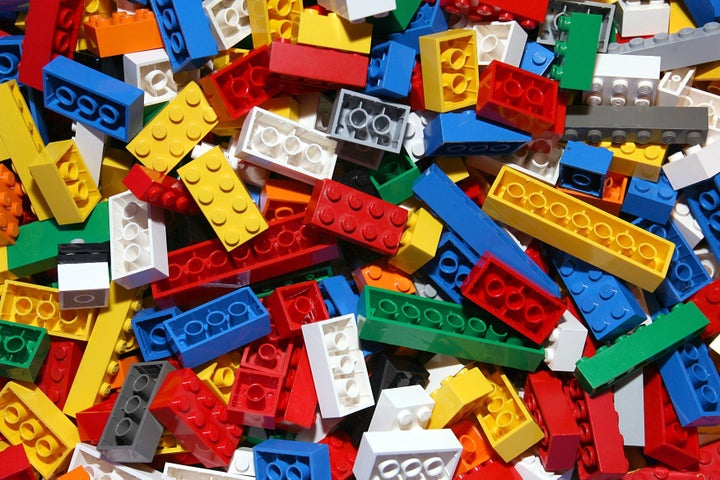
You may wonder: "Architecture classes for children ... hmm ... Why would I subject my child to any kind of professional training at this stage of her development? I could be steering him in a direction of a career path that is totally wrong!"
The authors of a study published by Association for Supervision and Curriculum Development titled "Design as a Catalyst for Learning" assert:
"...[W]hen children are engaged in the process of designing, they are learning to identify needs, frame problems, work collaboratively, explore and appreciate the contexts within which a solution must work, weigh alternatives, and communicate their ideas verbally, graphically, and in three dimensions."
I happened to agree! Teaching architecture to kids has nothing to do with grooming future architects. What they learn serves them no matter what career path they might choose in a distant future. It is about experimenting with new, unexpected ways to problem solve that can be part of their life immediately.
No one will argue that children are naturally creative. But it is our responsibility as parents and educators to nurture their inherent abilities. For the opportunity to knock, you have to build the door. Yes, children possess innate talents; however, they need to be put to use, recognized, and honored. Architecture classes for children focus on igniting and developing something yet uncovered inside of these kids of ours.
Without zeroing in on any particular discipline -- as music or art lessons do -- building exercises embrace kids' universal desire to make things with their hands. This almost automatic pastime is brought to a level where it is consciously cultivated and transformed into a vehicle for disciplined exploration. While "playing" with blocks and putting together three-dimensional constructs, children are given an opportunity to explore life-affirming concepts, to become aware and make sense of the world around them.
You know the saying: "You are never going to get anywhere if you think you're already there." Here are 11 skills children are invited to practice and master while being fully immersed in a fun, age-appropriate, design-related activities:
1.How to envision new possibilities -- finding balance between familiar and fresh
2.How to study a situation in depth -- engaging all senses, paying attention, asking questions, keeping an open mind
3.How to face the unknown -- cultivating the love of mystery
4.How to make unexpected connections -- thinking by building
5.How to prioritize -- making choices
6.How to give form to ideas -- visualizing potential solutions and rapidly prototyping them
7.How to think across boundaries -- solving a problem in a variety of ways
8.How to embrace ambiguity -- allowing for success to arrive in stages
9.How to share insights in a collaborative manner -- unfolding and opening up while enjoying the process
10.How to make an impact -- distilling lessons learned to what is relevant in their lives
11.How to care deeply -- looking at the world with a fresh eye, appreciating and valuing what is around them
Design is all about experimentation regardless of outcome. It is about making and doing without inhibition. According to Jane Alexander of National Endowment for the Arts, it's about "putting ideas to work in situations that allow children to test themselves and the value of learning in everyday life." It is about honoring authenticity while focusing on the process, not the finished product.
